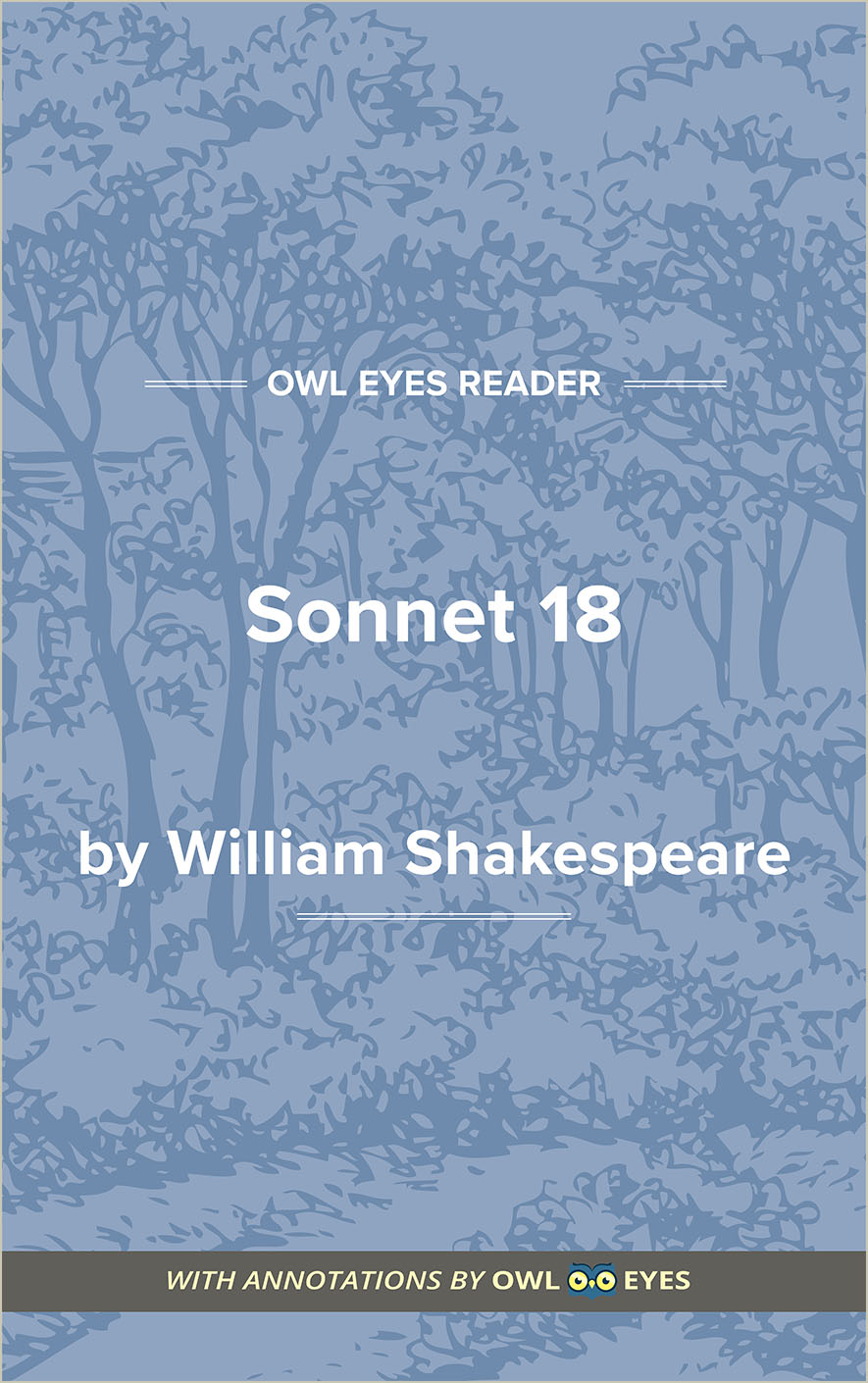This line evokes both Judeo-Christian and Greco-Roman conceptions of death. The “shade” can be read as a reference to Psalm 23: “Yea, though I walk through the valley of the shadow of death, I will fear no evil: for thou art with me.” This reference frames the youth’s life in spiritual terms: his fairness extends to his soul, and thus he is worthy of salvation. The personification of death is a device from Greco-Roman tradition, as is the use of “shade” as human soul. This separation of soul from body relates to the poem’s central theme. Physical beauty fades and dies, but the fair youth’s essence can be captured and memorialized through poetry.

